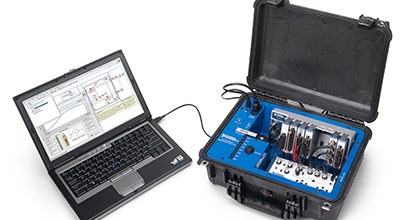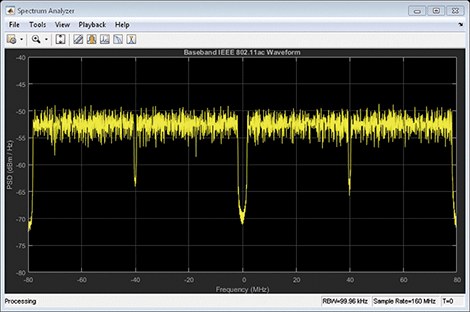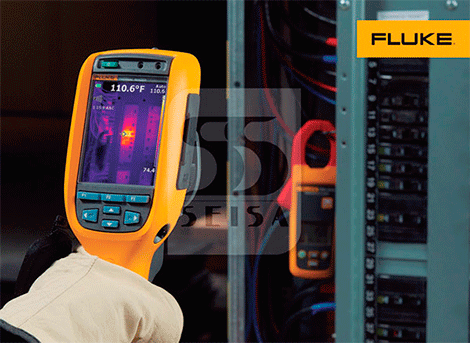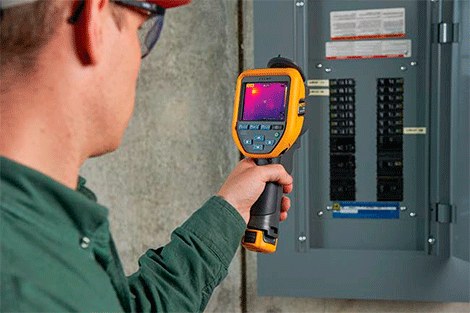The Fluke wireless system would come in handy for large-scale projects as well as test system development and troubleshooting.
I work in an R&D environment, so we often develop test setups for new things, so it sometimes results in a sparse composition of things. Being able to fix measurement modules in several distant sites would be very useful.
The Fluke wireless system opens up the possibility of creating a more sophisticated “instant data acquisition system” in the short term. If a situation arises that requires urgent troubleshooting, for example if a test rack falls on a manufacturing line, it is important to gather a lot of information quickly.
A flexible system with various measurement functions that can be quickly configured on the fly for a given situation would be invaluable.
For example, our department supports Production, where they have specialized fridge-sized test racks for one phase of manufacturing product. There may be several types of these in the same plant.
One has a large table-like test area with a fixture on top, a PCB below the fixture block, oscilloscopes, multimeters, power supplies, and a control computer in the rest of the rack.
The PCB, which contains much of the switching and control circuitry, is installed below the test clamp block and is not removable.
It is not feasible to attempt to disassemble the entire rack assembly for various reasons, so you are forced to lie on your back, with the bottom cover removed, reach to the base of the “board” to connect test leads, set meters, etc. .
This is a position we (not very) affectionately refer to as “changing the oil”. A few other spots in the rack may need to be looked at, where it takes a lot of effort to get both gauges in plain sight on the ground and where you crane your neck to the sides to see them while lying on your back. With the Fluke wireless system, we could fix the modules on the PCB and other places, and see the results while standing next to it.
We often want to record data for different times, and we have a few types of data loggers that we use for this.
They tend to be somewhat specialized, so they are not as flexible as a typical clamp meter or DVM.
The Fluke wireless system would allow us to measure a wide range of voltages, moderately high currents, and temperatures in one system.
And, with the modules' battery life, we could use them for long-term measurement situations where a normal meter wouldn't work.
For reporting, we like to display recorded data information in various Excel charts.
Having one consistent data format instead of two or three that we have to convert and input would simplify and speed up the reporting process.







